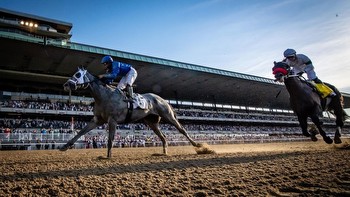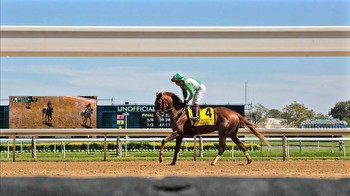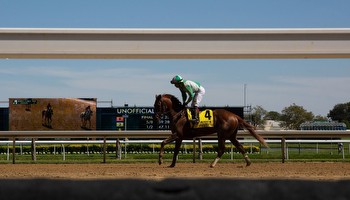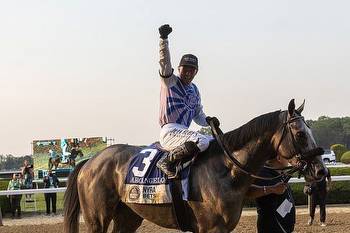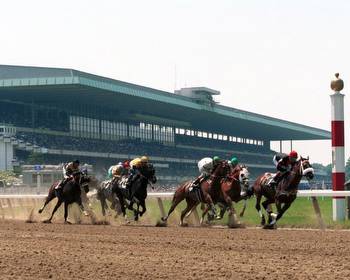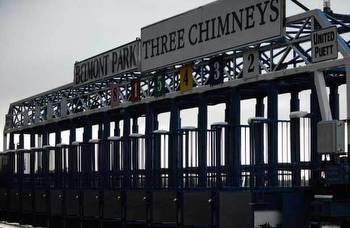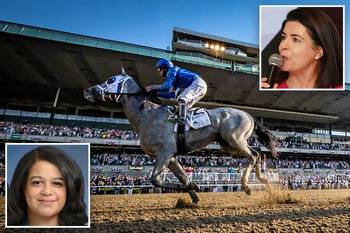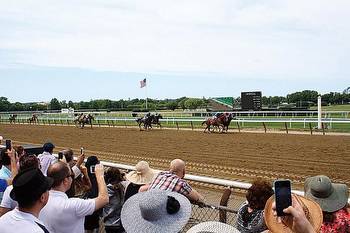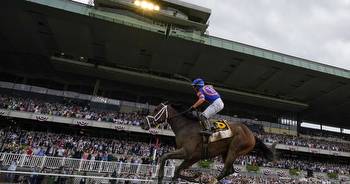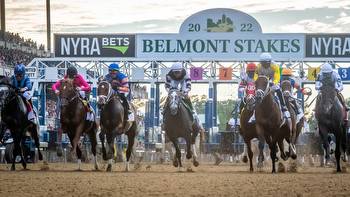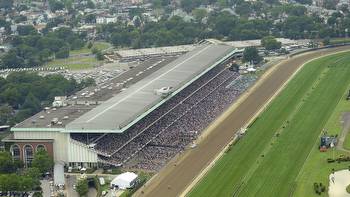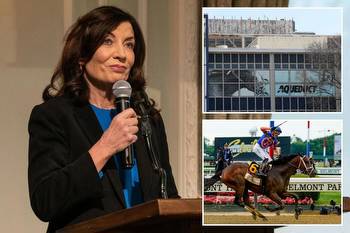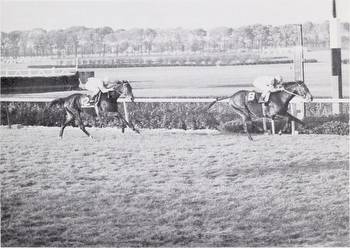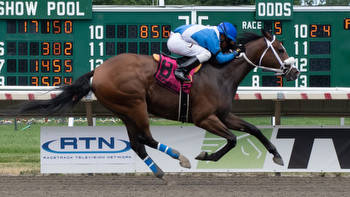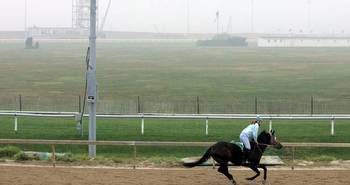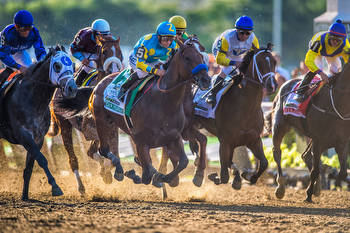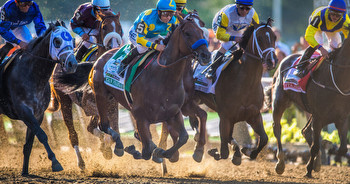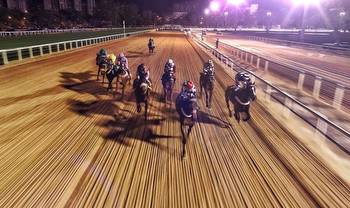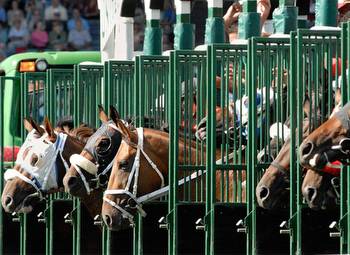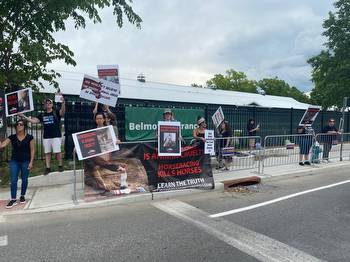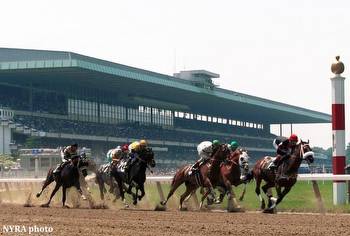Churchill: Hocul makes a big, risky bet on horse racing
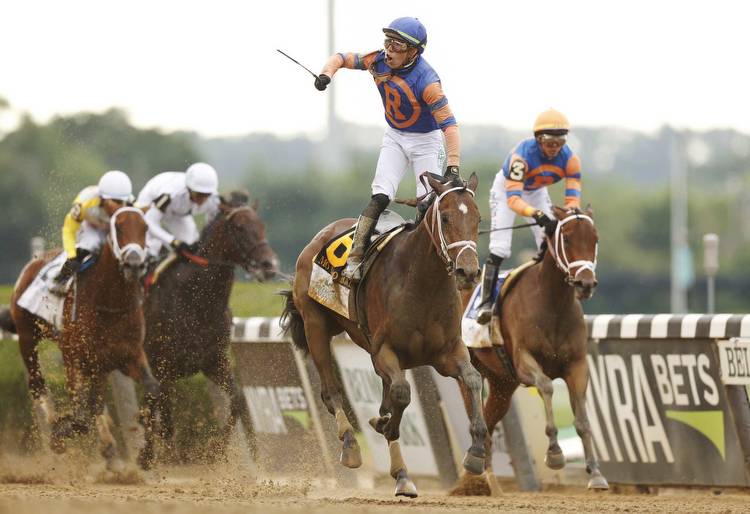
ALBANY — Gov. Kathy Hochul's decision to hand the Buffalo Bills $650 million for a new stadium was an absurdly generous giveaway, but at least we can be reasonably assured that football and the NFL will remain popular for decades to come.
The same can't be said about horse racing, which suggests that Hochul's proposal to provide $455 million for the redevelopment of the Belmont Park race track on Long Island could turn out to be an even worse deal for taxpayers.
The money, included in the governor's recently proposed budget, is described as a loan with interest, but be skeptical of that description. Horse racing in New York would lose tens of millions annually without public subsidies and money from state video lottery terminals — and that money from VLTs, in particular, is vital to how a 20-year loan would be repaid.
Some lawmakers are pushing to take the VLT money that, under a bankruptcy deal hammered out in 2008, is received by the New York Racing Association and give it to schools and other more deserving parts of the state budget. Hochul's loan, if it goes through, would seemingly stop that effort in its tracks.
But here's where things get weird: The VLT arrangement and NYRA's franchise agreement to operate the state-owned Belmont, Aqueduct and Saratoga race tracks expire in 2033, which is only halfway through the life of the loan. So we don't even know how the second half of the loan would be repaid — or who would repay it.
In other words, this is a risky bet before you even weigh the shaky future of horse racing in a world of ubiquitous sports betting and endless entertainment options.
But the plan is apparently good for NYRA, a private organization. The loan would winterize Belmont, allowing it to operate (and generate revenue) year-round; would build a new grandstand, among other physical improvements; and would probably lead to consolidation with the Aqueduct track in Queens, allowing the state to redevelop the site for a casino. (More gambling! Woohoo!)
"A modernized Belmont Park would not only improve the venue's physical condition but would be an economic boon for Long Island and the entire state, creating thousands of jobs, supporting local businesses and generating additional tax revenue for local and state governments," said NYRA head David O'Rourke in recent testimony to the Legislature.
Those are questionable claims, to put it mildly, especially when you factor in the steep popularity declines that have impacted Belmont and horse racing generally. Consider that attendance at Belmont fell by 88 percent from 1978 to 2019. Yes, races weren't televised in the 1970s, but other sports, football included, saw attendance increases when their broadcasts become more widespread.
Consider, too, that 41 horse tracks have closed in the United State since 2000, as formerly glamorous facilities lost their luster and struggled to compete with other gaming options.
Would a new Belmont reverse those trends? Is this loan a wise investment?
Of course, arguments over the wisdom of state spending on horse racing depend, at least in part, on whether we think horse racing is a net positive for society. Many New Yorkers would say that it isn't, and would suggest that the stark decline of animal-based entertainment, the circus included, is a happy sign of moral progress.
"What kind of destination are we building?" John Schieb, a critic of racing subsidies, asked in legislative testimony delivered before O'Rourke's on Thursday. "If you use past five-year averages, the new Belmont Park will now be the destination where more horses go to die than any other track in America."
I'll mostly leave the animal-rights arguments for another day, but it is worth wondering why public disgust over greyhound racing helped make it effectively illegal in New York (and much of the rest of the country) while horse racing is propped up by public subsidies that, according to a Times Union analysis, totaled $2.9 billion in New York since 2008.
Imagine the outrage Hochul would face if she were proposing to spend $455 million on a dog track. The protests would be massive.
But while the political risk of such an investment would certainly be higher, I'm not sure the financial risk would be significantly different than for horse racing. In either case, the state would be throwing money into an industry with a limited future. In either case, the state would be using its financial might to combat changing cultural tastes.
And that's a losing bet.
[email protected] ■ 518-454-5442 ■ @chris_churchill

